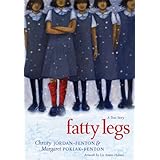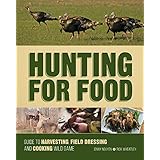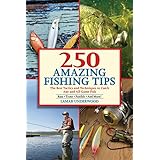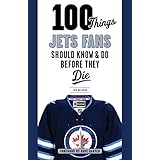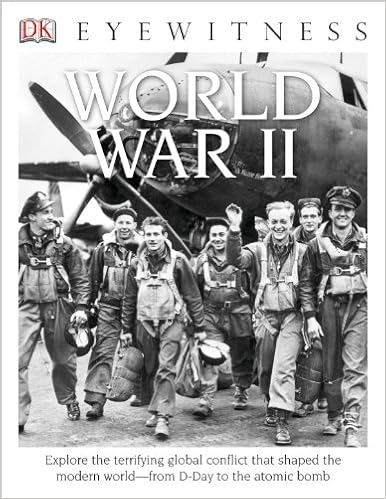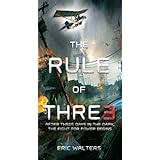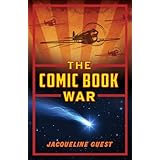Posted by PERC Chairperson Lisa Carlson
In the beginning…
I was one of the lucky
high school kids. I always knew I wanted to be a teacher--ideally, a grade three teacher. After graduating from Arthur Meighen High School, and then Brandon University
with a Major in English and a Minor in Elementary Education, my wanting to
teach elementary school was confirmed.
After a year of subbing, I took a Grade 3 term position and quite enjoyed it. The next year, I was offered a job teaching at Elm Creek School.
My first permanent position was at both Elm Creek School and Wingham
Hutterite Colony, where I taught Grade 7 Math, Gr. 9 Social Studies, Law,
Psychology and various ELA classes. Due to the fact I was elementary trained, I
had so much on-the-job learning to do. I tended to teach as I was taught: read,
questions, read, questions, maybe a project, test. Class novels were always
teacher selected. There may have been some choice in Literature Circles, but
that was it for reading choices.
Reflecting back on my
last sixteen years of being a high school teacher, here are the top ten pieces
of advice I would give myself back in 1998:
10. Practice, Practice,
Practice and Variety
I have learned to allow
the students to learn from their mistakes. In my room, students are encouraged to fix
any errors they may make and resubmit that work until the end of the semester,
whether it be spelling/grammar errors in an essay or algebra questions in Grade
7 Math. I would also tell myself to use more mentor texts with my students as Kelly
Gallagher and Penny Kittle suggest doing. They have many excellent (and already
made!) mentor texts. Use more real-world texts (e.g. blogs, articles, “What in
the World” current events newsletter).
In my English classes,
I generally teach the following units:
Grade 9—”Heroes” and
“The Future”, dystopia reading circles, Greek Mythology
Grade 10—”Human
Rights/Racism”, reading circles, Romeo
& Juliet
Grade 11—Writing,
writing, writing*, “Banned Book Project”, Animal
Farm/Advertising, Macbeth,
Life-Work Portfolio (all-year project)
Grade 12—Writing,
writing, exam practice, writing*, “Social Justice” reading circles, Hamlet or The Crucible, Life-Work Portfolio (all year project)
Weekly Word Study is
also done through mini-lessons, individual practice and feedback and a small
quiz. The reading of student-selected books are also encouraged in all classes.
*These writing units
are based on Kelly Gallagher’s book, Write
Like This.
9. Use Social Media and Make Network Connections
Had social media existed
back then, I would have used it:
·
Twitter—Donalyn Miller, Kelly Gallagher, Mr. Shu
Reads, many authors like Rainbow Rowell and Neil Gaiman.
·
Facebook—The Book Whisperer; “What Cha’
Reading?” (Elm Creek Facebook group)
·
Pinterest--reading strategies, posters, book
lists, “novel” ideas
·
Blogs—The
Nerdy Book Club
·
Connect with more librarians (school, community),
other colleagues (Professional Learning Groups), join a reading council like
PERC and be active in an association like Manitoba Reading Association (MRA)
8. Give Students Time to
Read in Class and Select Their Own Books
Donalyn Miller states
in The Book Whisperer that if you give kids time to read in class, they will
more likely read at home. IT’S TRUE!!!! I’ve had to give up units or parts of
units, but it’s worth it! Not only do I give time to read in ELA class, but I
also give time to read in History and other content-area classes as well.
7. Have a Classroom
Library and Bond with Your Librarian(s)
First thing—HAVE a
classroom library. I believe my students take my classroom library for granted
in that they don’t realize not every high school English room has a classroom
library as extensive as mine. At the last count, I estimated I have about one
thousand books of all genres. Most of the books I have I have bought myself at
book sales and thrift stores. Some have also been donated or purchased through
school funds. Other classroom tips include:
- ·
Buy fresh, “new” copies of the classics to make
them more appealing.
- ·
I organize my books by genre as kids tend to
read only within a few genres. Our school library recently reorganized like
this, as well, and it went over very well.
- ·
Keep adding new (or new-to-you) books to your
classroom library every year.
- ·
Peruse second-hand stores.
- ·
Check prices at bookstores and online—try to get the biggest bang for your buck. Rural areas often do not have local bookstores. Free shipping from online sites may be less expensive.
- ·
Put a note in the school newsletter asking for
donation of books, especially during spring cleaning time.
- ·
Work together with your librarian(s) by giving
them suggestions as to what is popular or what certain students are reading
(especially those students who don’t read as much—really cater to them).
6. Adopt a Guru and Adapt
I have had incredible mentors in
my teaching life: Barb Lepp (my first principal), Deb Russell (fellow
teacher who mentored me in the classroom my first few years) and Carol Hryniuk-Adamov
(university professor) who have challenged my thinking and how I teach. I have
discovered my own personal PD heroes and gurus such as: Kelly Gallagher, Donalyn
Miller, Penny Kittle and Tanny McGregor. I have read all their books, taken
what I think will work in my classroom THAT year and adapted it to those
individual students.
Come back later this week for the conclusion of Lisa's Top 10 Tips for Herself as a New Teacher.



